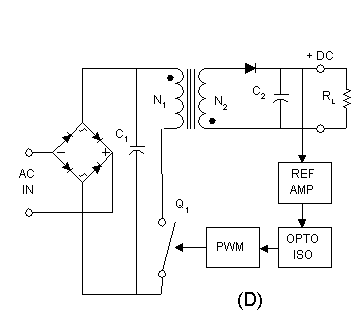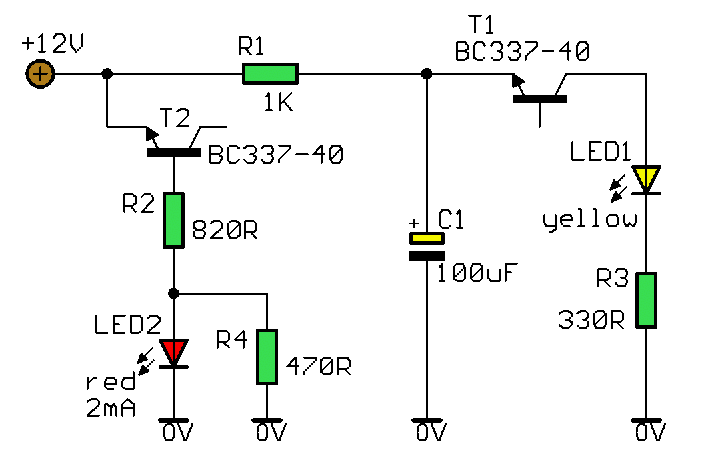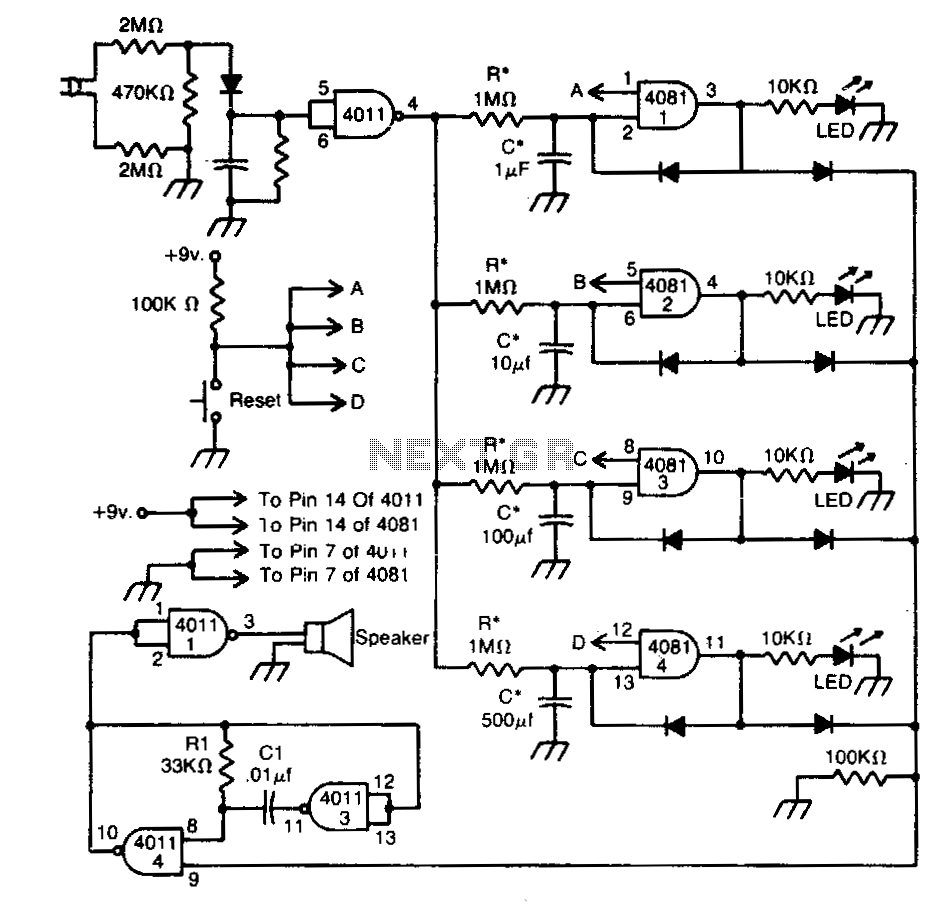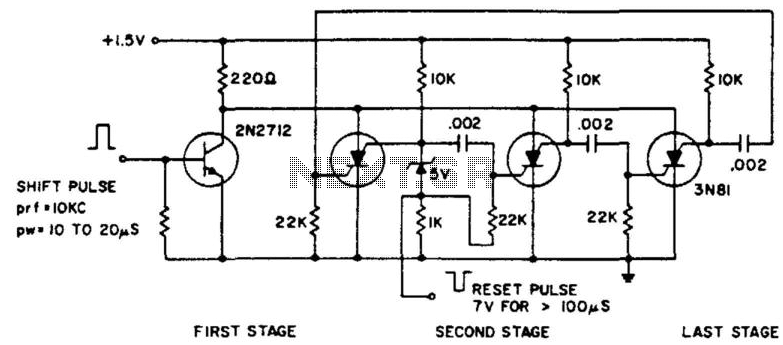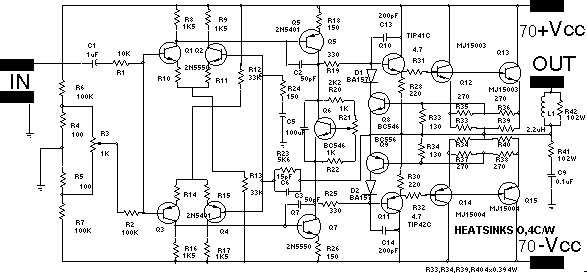
Adjustable 1.3-22V Regulated Power Supply

A regulated voltage that can be adjusted to suit various applications is desired. This Adjustable Power Supply is compact, simple to construct, and can be modified to produce different output voltages.
The Adjustable Power Supply circuit typically utilizes a linear voltage regulator or a switching regulator to achieve the desired output voltage. The primary components of this circuit include a transformer, a rectifier, a filter capacitor, and an adjustable voltage regulator such as the LM317 or a similar device.
The transformer steps down the AC mains voltage to a lower AC voltage suitable for rectification. Following the transformer, a bridge rectifier converts the AC voltage to a pulsating DC voltage. A smoothing capacitor is then employed to filter out the ripple, providing a more stable DC voltage.
The adjustable voltage regulator is connected to the output of the smoothing capacitor. The output voltage can be adjusted by varying the resistance in the feedback loop of the regulator, typically using a potentiometer. This allows for a range of output voltages to be selected based on the requirements of the application.
Additional components may include bypass capacitors to improve transient response and stability, as well as heat sinks for the voltage regulator to dissipate heat generated during operation. Proper layout and grounding practices should be followed to minimize noise and ensure stable operation.
This Adjustable Power Supply is suitable for various applications, including powering electronic circuits, testing, and prototyping, making it an essential tool for engineers and hobbyists alike.Want a regulated voltage that can be adjusted to suit your application? This Adjustable Power Supply is small, easy to build and can be adapted to produce.. 🔗 External reference
The Adjustable Power Supply circuit typically utilizes a linear voltage regulator or a switching regulator to achieve the desired output voltage. The primary components of this circuit include a transformer, a rectifier, a filter capacitor, and an adjustable voltage regulator such as the LM317 or a similar device.
The transformer steps down the AC mains voltage to a lower AC voltage suitable for rectification. Following the transformer, a bridge rectifier converts the AC voltage to a pulsating DC voltage. A smoothing capacitor is then employed to filter out the ripple, providing a more stable DC voltage.
The adjustable voltage regulator is connected to the output of the smoothing capacitor. The output voltage can be adjusted by varying the resistance in the feedback loop of the regulator, typically using a potentiometer. This allows for a range of output voltages to be selected based on the requirements of the application.
Additional components may include bypass capacitors to improve transient response and stability, as well as heat sinks for the voltage regulator to dissipate heat generated during operation. Proper layout and grounding practices should be followed to minimize noise and ensure stable operation.
This Adjustable Power Supply is suitable for various applications, including powering electronic circuits, testing, and prototyping, making it an essential tool for engineers and hobbyists alike.Want a regulated voltage that can be adjusted to suit your application? This Adjustable Power Supply is small, easy to build and can be adapted to produce.. 🔗 External reference
